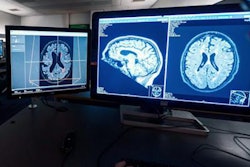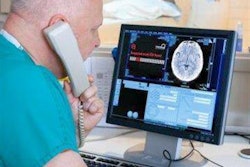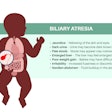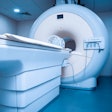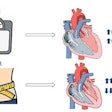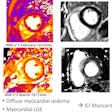Dear MRI Insider,
Characterizing small, solid, renal nodules has been a difficult task until very recently due to an overly generalized approach to defining cysts and malignancy. Now with incidental findings of nodules on the rise, multiparametric MRI (mpMRI) with its array of precision sequences will aid in the detection and identification of tumor type -- leading to timely lesion management.
That's the view of Dr. Nicolas Grenier at Centre Hospitalier Bordeaux in France. At the recent French radiology congress (JFR 2019) he discussed mpMRIs role in a new multisite study that will assess the modality's accuracy in determining malignant from benign tumors and assessing its impact on patient management.
Other insight was gained last week from an interview with Dr. Patricia Cunningham, conducted by the European Society of Radiology (ESR) in honor of the International Day of Radiology, the theme of which this year is sports imaging. Cunningham, a sports imager and consultant radiologist in the Republic of Ireland, described how shoulder and hip MR arthrography could bring clarification on indeterminate noncontrast MRI for evaluation of labral and cartilage injuries, or in patients who have a high level of suspicion for these injuries.
Our second sports imaging story, the ESR interview with Dr. Roar Pedersen, one of the founders of the Norwegian musculoskeletal (MSK) imaging society, revealed how there was a rising interest among radiologists for MRI sports imaging, due to a high proportion of the country's population being active in sports and leisure activities.
Meanwhile, the imaging community paid tribute earlier in October to MRI pioneer Ian Robert Young, PhD, who died on 27 September. Young was responsible for a lot of the early work in MRI of multiple sclerosis and demonstrated many pulse sequences and other techniques now used in modern clinical brain and body imaging.
In other news, a study from Amsterdam University Medical Centers shows that hypofractionated stereotactic body radiotherapy with MRI guidance to treat prostate cancer patients produced low incidence of early gastrointestinal and genitourinary toxicities.
This letter features some of the numerous articles posted over the past few weeks in the MRI Community. Please see below for the full list of our coverage.




